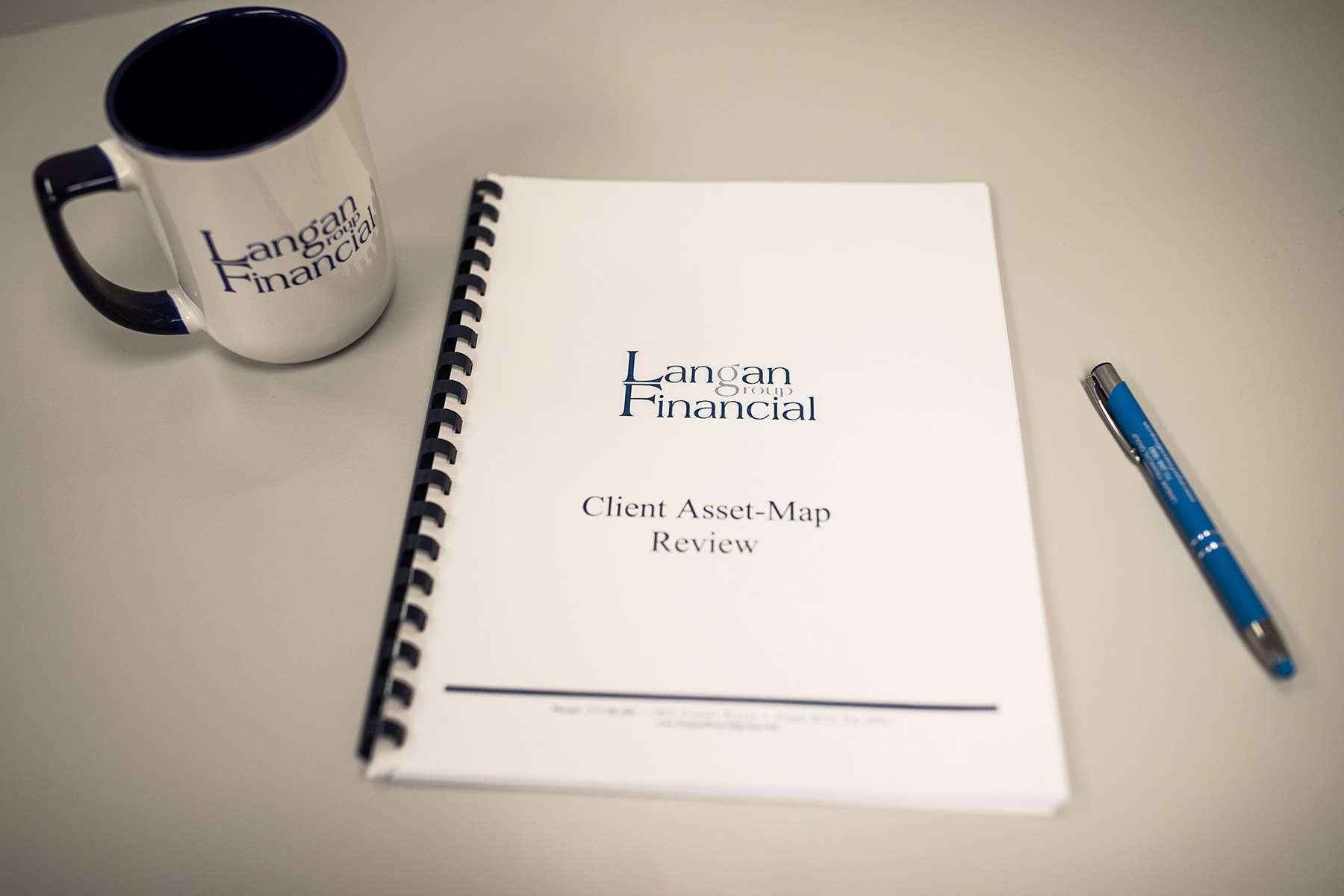The global and U.S. economies are facing significant challenges in April 2025, driven by aggressive tariff policies, inflationary pressures, and labor market dynamics.
While the labor market remains resilient, mounting uncertainties are reshaping economic growth trajectories and consumer behavior. Here’s an analysis of the current economic landscape, its causes, and implications for the months ahead.

Economic Growth: Slowing Momentum
Global economic growth is projected to remain steady at 3.2% in 2025, but the U.S. outlook has deteriorated significantly due to recent tariff hikes.
U.S. GDP growth for 2025 has been revised downward to 1.2%-1.9%, with recession risks climbing to 40-50% over the next 12 months.
Key Drivers of Economic Slowdown
- Tariff Policies: The U.S. implemented historic tariff increases on imported goods in early April, raising effective rates from 2.5% to 22.5%. This policy has disrupted supply chains, increased input costs for manufacturers, and reduced consumer purchasing power by an estimated $3,800 per household annually.
- Consumer Spending: Growth in consumer spending has slowed as households grapple with higher prices and stock market volatility.
- Business Investment: Uncertainty surrounding trade policies has dampened corporate investment plans, particularly in manufacturing and technology sectors.
Labor Market: Resilient but Vulnerable
The U.S. labor market remains relatively strong, adding 228,000 jobs in March, exceeding expectations. Unemployment ticked up slightly to 4.2%, driven by increased labor force participation as more individuals entered or re-entered the job market.
Sectoral Trends:
- Growth Areas: Health care (+77,800 jobs), leisure and hospitality (+43,000 jobs), and retail trade (+23,700 jobs) continue to drive employment gains.
- Weak Spots: Federal government employment fell by 4,000 jobs in March due to budget cuts, while temporary help services declined by 6,400 jobs.
Despite these gains, job postings are declining across critical sectors like government (-12%) and health care (-6%), signaling potential slowing in labor demand in the coming months.

Inflation: Persistent Pressures
Inflation remains elevated due to tariff-induced price increases.
The Personal Consumption Expenditures (PCE) Price Index is forecast at 3.3% for 2025, up 0.9 percentage points from earlier estimates.
Core inflation is expected to decline gradually but will remain above the Federal Reserve’s target through at least 2026.
Tariff Impact on Inflation:
Higher import costs are directly contributing to price increases across consumer goods categories such as apparel (+17%) and electronics. These pressures have complicated monetary policy decisions as the Federal Reserve struggles to balance inflation control with recession risks.
Financial Markets: Volatility Returns
Equity markets experienced their sharpest decline in five years following tariff announcements, with the S&P 500 dropping over 10% since late March.
The Dow Jones Industrial Average shows signs of oversold conditions but remains under pressure due to trade uncertainties and inflation concerns.

What’s Driving These Challenges?
The current economic turbulence stems from a combination of policy shifts and structural issues:
- Tariff Policies: The unprecedented scale of tariffs on imported goods has disrupted supply chains and raised costs for businesses and consumers alike.
- Labor Market Dynamics: While resilient overall, declining job postings suggest slower growth ahead as businesses adjust to higher costs and weaker demand.
- Global Divergence: Advanced economies are seeing modest growth acceleration (1.8%), but emerging markets are slowing (4.2%), reflecting broader structural frictions.
What Lies Ahead?
The outlook for the remainder of 2025 depends heavily on policy adjustments and external factors:
Baseline Scenario (50-60% Probability):
- GDP growth slows further through Q3-Q4 2025 but avoids a technical recession due to resilient consumer spending in essential categories like health care and housing. Inflation moderates slightly by year-end as supply chain disruptions ease.
Recession Scenario (40-50% Probability):
- A recession could be triggered by accelerated inventory drawdowns or a sharper decline in consumer spending growth below 2%.
- In this case, the Federal Reserve may cut rates by up to 75 basis points by December 2025 to stimulate recovery.

Critical Indicators to Watch
Several key data points will shape the economic narrative over the coming months:
- Import/Export Data (April 23): Insights into how tariffs are impacting trade volumes and prices will be crucial for assessing inflation trends.
- Fed Beige Book (April 16): Regional economic conditions will provide clarity on business sentiment amid policy uncertainty.
- Corporate Earnings Reports: Transport/logistics sectors will reveal whether supply chain disruptions are deepening or stabilizing post-tariffs.
The April 2025 economic landscape is defined by uncertainty, with tariffs acting as a major disruptor across markets and industries.
While the labor market provides some stability, persistent inflation and slowing growth present significant risks that could culminate in recessionary conditions without swift policy corrections or external relief measures.
About the Financial Planning Author

Alexander Langan, J.D, CFBS, serves as the Chief Investment Officer at Langan Financial Group. In this role, he manages investment portfolios, acts as a fiduciary for group retirement plans, and consults with clients regarding their financial goals, risk tolerance, and asset allocation.
With a focus on ERISA Law, Alex graduated cum laude from Widener Commonwealth Law School. He then clerked for the Supreme Court of Pennsylvania and worked in the Legal Office of the Pennsylvania Office of the Budget, where he assisted in directing and advising policy determinations on state and federal tax, administrative law, and contractual issues.
Alex is also passionate about giving back to the community, and has participated in The Foundation of Enhancing Communities’ Emerging Philanthropist Program, volunteers at his church, and serves as a board member of Samara: The Center of Individual & Family Growth. Outside of work and volunteering, Alex enjoys his time with his wife Sarah, and their three children, Rory, Patrick, and Ava.
About Langan Financial Group: Financial Advisors
Langan Financial Group is an award-winning financial planning firm with offices in York, Pennsylvania and Harrisburg, Pa.
With over 100+ 5-star reviews, Langan Financial Group is an independent financial planning firm established in 1985, offering a broad range of financial planning services.
With an open architecture platform, our advisors have access to a diverse range of products, free from any sales quotas.
Our team of 9 financial experts, each with unique specialties, enhances our ability to focus on delivering value to our clients.
Disclosure
The content is developed from sources believed to be providing accurate information. The information in this material is not intended as tax or legal advice.
Please consult legal or tax professionals for specific information regarding your individual situation.
The opinions expressed and material provided are for general information, and should not be considered a solicitation for the purchase or sale of any security.
Securities offered through Cambridge Investment Research, Inc., a Broker/Dealer, Member FINRA/SIPC.
Investment Advisor Representative, Cambridge Investment Research Advisors, Inc. a Registered Investment Advisor. Cambridge and Langan Financial Group, LLC are not affiliated.
Cambridge does not offer tax or legal advice.



